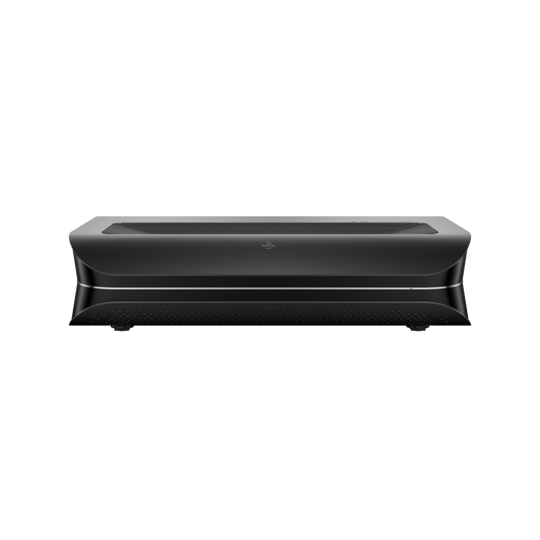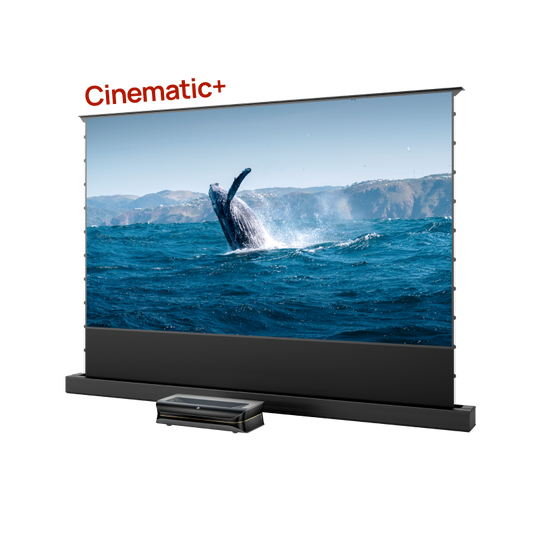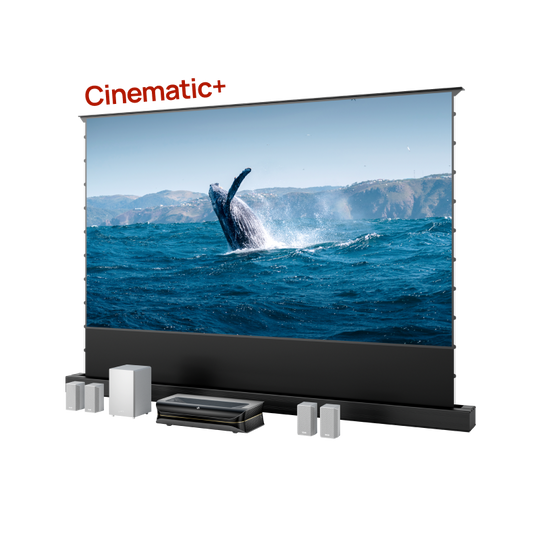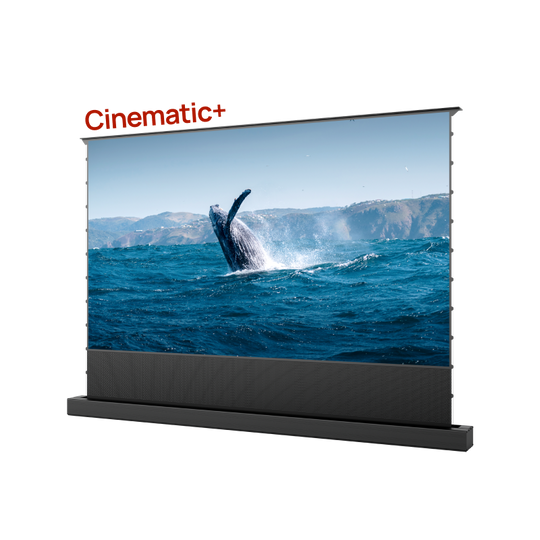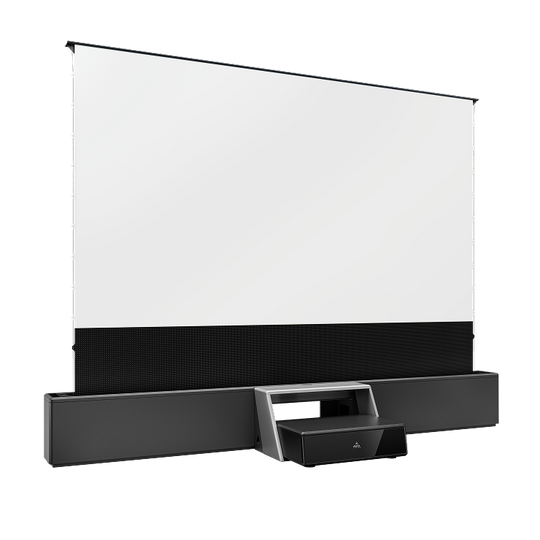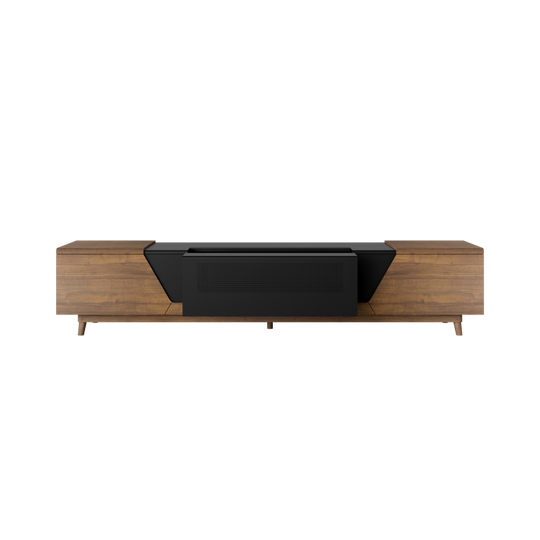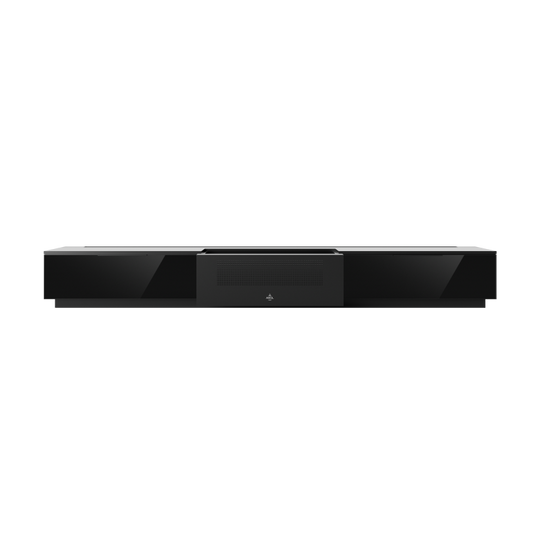As home theaters move from dark, dedicated spaces into sunlit living rooms, it's crucial to choose a projector with enough light output to match the brighter environment. This guide will help you understand key luminosity metrics, enabling you to select the right equipment for an immersive cinematic experience without the need for blackout curtains.
Projectors turn blank walls into dynamic screens, showcasing stunning visuals. However, the light from the projector must be strong enough to overcome the room's ambient light without causing glare or producing a dim, washed-out image. This capability is measured in lumens, which define a projector's brightness. Finding the right balance between screen size, picture quality, and ambient lighting conditions requires choosing a projector with the appropriate luminosity, measured in lumens.
What Are Lumens and ANSI Lumens?
Lumens measure the total amount of light a projector emits, similar to how a light bulb's brightness is rated. More lumens mean a brighter display.
ANSI lumens refer to a specific way of measuring lumens, established by the American National Standards Institute (ANSI). This standard provides a more accurate reading of a projector's brightness in real-world conditions. ANSI lumens ensure that brightness ratings are reliable and consistent across different brands and models, making it easier to compare projectors.
The Ideal Lumen Count for Daylight Use
Ambient room lighting is measured in lux or foot-candles, which helps determine the minimum lumens needed to overpower daylight. However, projectors depend heavily on environmental darkness to create contrast. While commercial projectors may output over 4000 lumens, which is suitable for outdoor use, many consumer models with around 3000 ANSI lumens can now provide reasonable performance in daylight with the right optimizations.
Impacts of Ambient Light on Projector Image Quality
Even the best modern projectors can’t fully eliminate issues caused by excessive sunlight or bright room lighting. Two main problems occur when there is too much ambient light:
- Glare: Direct light reflecting off the screen can create visible hot spots, making it difficult to see the image clearly. For outdoor "daylight" projection, it's essential to reduce glare by using directional shading and increasing ambient darkness.
- Washout: Bright ambient light reduces the perceived contrast of the image, making colors and details less distinct. When light pollution enters the viewer’s eyes, it also limits how well their eyes can adjust to the shadows in the image.
Strategic Bright Projector Placement
Mounting high-lumen projectors close to the screen helps concentrate brightness, improving daylight performance even at lower power levels. This reduces light loss over longer distances. Ultra short throw (UST) projectors are particularly effective in this scenario.
Ultra Short Throw (UST) Benefits
Ultra short throw projectors use mirrors to position the projector extremely close to the screen. This setup maximizes lumen intensity over a short distance, minimizing light loss. UST projectors are ideal for home theaters in rooms where lighting is not fully controlled.
Ambient Light Rejecting (ALR) Display Screens
Instead of traditional matte screens, which can make glare from nearby light sources worse, ALR screens are designed to block, absorb, and redirect stray light. These specialized screens greatly improve contrast and image clarity, even in rooms with significant ambient light from windows or skylights.
Sealing the Deal on Daylight Projector Choices
Choosing a projector with the right lumen output is essential for maintaining a high-quality viewing experience in bright environments. Whether you're hosting a lively family gathering in the living room or delivering a vibrant presentation in a well-lit conference room, the correct lumen count ensures your visuals remain sharp and dynamic, even when competing with daylight.
Final Thoughts
Remember, the ideal lumen count isn’t just a number—it’s your key to a vivid, clear, and engaging display. By embracing high-lumen projectors and ALR screens, you can transform any bright space into a stunning cinema or an effective presentation venue.


